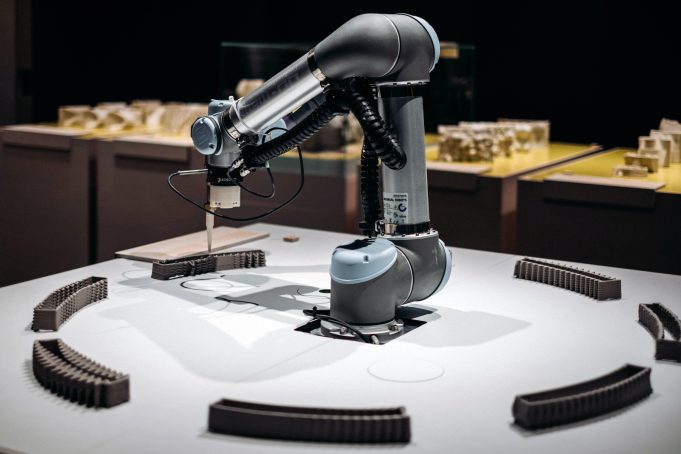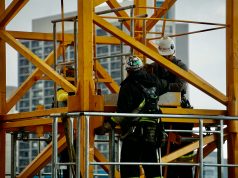Homes are an important part of our lives—they provide us with shelter, safety, and warmth in our old age. But have you ever considered how these homes were built? Did you know that 3D printing technology has been used to construct houses since the 1980s? If you’re curious about this unique building technique, here’s what you need to know about how 3D printing will continue to transform the homebuilding industry.
History of 3D Printed Homes
3D printing has been around since the 1980s, but it wasn’t until recently that the technology became advanced enough to be used for large-scale projects like homes. Additive manufacturing, as it’s also called, offers a number of advantages over traditional construction methods. For one, it’s much faster. A 3D printer can build a typical home in just a few hours, whereas it would take weeks or even months using traditional methods. Using additive manufacturing, builders can easily customise the design and colour scheme of a house without having to invest in costly new materials. It’s not cheap though: at least $5 million for a medium-sized house built by an established company with professional printers and software. Still, experts predict that within 10 years the technology will have become affordable enough for widespread use by average homeowners.
A Quick Overview of a Vastly Changing Industry
Homebuilding is an ever-changing industry. What was once done by hand is now done by machines, and what was once done by machines is now being done by 3D printers. This technology is not only changing the way homes are built, but it is also changing the way we think about homebuilding. Instead of focusing on one home at a time, builders can focus on using this technology to create prefabricated units that can be assembled in any location with minimal construction time. Additionally, these structures can be created as needed or in response to specific needs like housing for refugees.
To better understand how this new wave of building has emerged and how it will shape the future of our industry we need to look back at its origins: The notion of 3D printing goes back decades to when engineer Chuck Hull invented stereolithography in 1986. The process involves building a three dimensional object from a digital file with some kind of material — often plastic or metal — in successive layers until you have created a physical representation of your original design.
The Benefits of Using 3D Printed Homes
3D printed homes are becoming increasingly popular due to their many benefits. They are more affordable than traditional homes, can be built faster, and are more environmentally friendly. Additionally, 3D printed homes can be customised to each individual’s needs and preferences, making them truly unique. The process of building a 3D printed home takes less time and fewer materials than a traditional home, which means there will be less waste in production. Also, as houses can be customised to fit an individual’s needs and preferences, they are more personal spaces. On top of that, it has been found that living in a 3D printed house could lead to reduced levels of stress because they feel safer and have less issues with noise pollution or temperature changes. These days you don’t need an architect or construction team: you just download the design for your dream house on your computer and then print it out with one of these printers.














